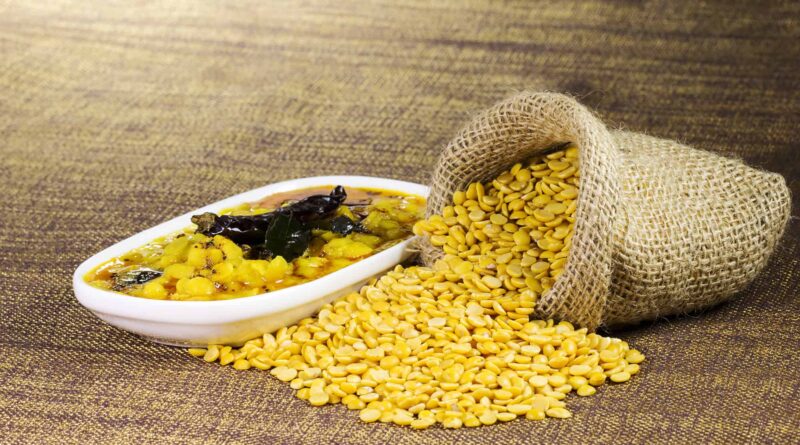Govt to increase procurement of tur dal to tame prices.
The government plans to sharply increase its procurement of tur dal from a few metric tonnes to around 8-10 lakh metric tonnes (LMT) to keep prices of the commodity under control in a year when the acreage under the pulse has shrunk and production is expected to be low, said a senior official.
The all India retail price of tur dal jumped over 40% from Rs 112 per kg last year to Rs 158 per kg this year, according to government data.
Retail inflation in pulses as a category rose to 18.79% year-on-year in October mainly due to a sharp spike in prices of tur, chana and moong, against 6.61% food inflation in the same month. This is despite the government’s effort to increase the imports from African nations and Burma by scrapping the import duty on tur in March.
The procurement will happen through the Price Stabilisation Fund (PSF) at market rates, which is much higher than the minimum support price (MSP), the official said, asking not to be identified.
The purchase will be done through the procuring agencies – National Agricultural Cooperative Marketing Federation of India (NAFED) and National Cooperative Consumers’ Federation of India Limited (NCCF) – directly from the farmers and will begin right at the start of the season when the kharif crop starts coming to the market, the official said.
The production of tur is estimated at 34.21 LMT, which is slightly less than last year’s output, according to the first advance estimate released by the ministry of agriculture and farmers’ welfare in October.
‘This will send a message to the farmers that there is a definite buyer in the market, encouraging them to plant more tur in the years to come,’ the official said, adding that an increase in area will eventually help in reducing import dependence.
Due to heavy reliance on imports, countries like Mozambique and Burma are dictating terms, causing disruption in the supply of the dal, which is amongst the most consumed pulse in the country.
The acreage under tur shrunk during the kharif season, leading to production shortage which in turn pushed food inflation in the last few months. The area under tur dropped from 46.13 lakh hectares on September 29, 2022 to 43.87 lakh hectares on September 29, 2023, according to government’s data.
This article has been republished from The Economic Times.

